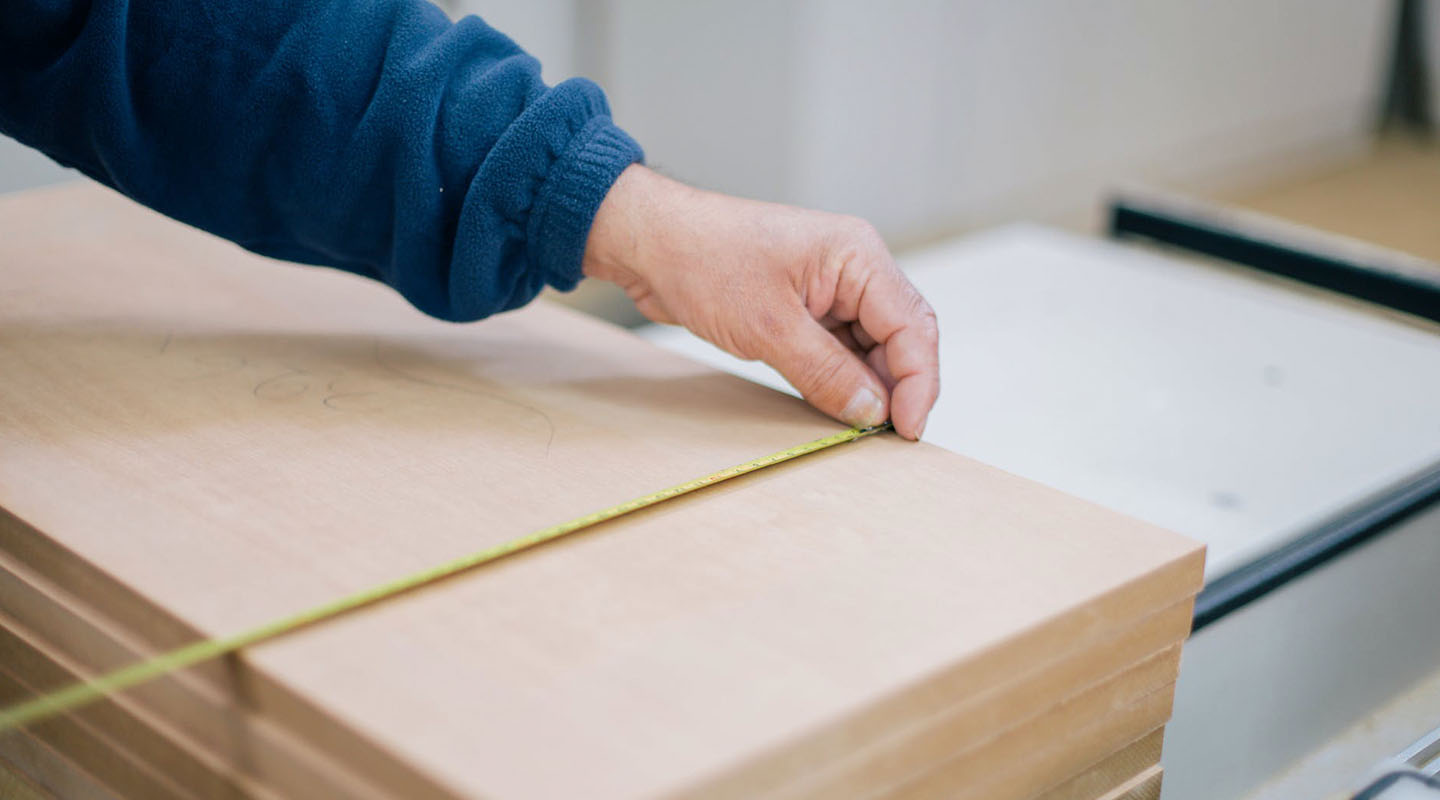Understanding how to measure wood accurately is essential for architects, wood traders, interior decorators, and homeowners alike. Whether estimating materials for a project or purchasing lumber for a DIY endeavour, knowing how to calculate cubic feet, square feet, and running feet ensures that you get the right amount of wood for your needs.
This guide will break down each measurement method and provide practical tips for mastering wood measurements.
Importance of Measuring Wood the Right Way for Any Project
Accurate measurement of wood is paramount for the success of any project, big or small. A miscalculation in wood measurements can lead to costly errors, delays, and even compromises in structural integrity.
By measuring wood correctly, you ensure you have the suitable material to complete your project efficiently and effectively. Additionally, accurate measurements help you avoid wastage, saving time and money in the long run. Whether building a deck, installing flooring, or constructing furniture, precise wood measurements are crucial for achieving professional results.
Calculating Cubic Feet – Unlocking the Volume of Wood
Cubic feet measurement is critical when purchasing lumber in bulk or estimating the wood needed for a project. First, to calculate cubic feet, ensure that all the units are in feet. Otherwise, convert any other unit into feet.
For example, if you have a piece of lumber that is 8 inches long, 6 inches wide, and 3 feet thick, the cubic feet would be 8 x 6 x 3/144 = 1 cubic foot.
*This measurement method is beneficial for large-scale construction projects where precise volume estimates are necessary.
To understand why we need to divide by 144, we must first convert the units of width and thickness from inches to feet. Since 1 foot is equal to 12 inches, we need to divide the values by 12 twice to get the measurements in feet.
Understanding Square Feet – Navigating Surface Area
Square feet measurement is commonly used when determining the surface area of wood panels, flooring, or decking. First, ensure that all the units are in feet. Otherwise, convert any other unit into feet.
For instance, if you have a wooden panel that is 4 feet long and 140mm wide, the square feet would be 4 x 140/304.8 = 1.84 square feet.
Here, to convert mm into feet, we must divide by 304.8 since 1 foot = 304.8 mm.
*This measurement method is essential for accurately estimating the material needed to cover a specific area.
Deciphering Running Feet – Measuring Linear Length
Running feet measurement is utilized for determining the linear length of wood, such as boards or trim pieces.
To calculate running feet, measure the size of the wood in feet. For example, if you have a wooden board that is 72 inches long, the running feet would be 6 feet since 1 feet=12 inches.
*This measurement method is crucial for purchasing the correct quantity of lumber for linear projects like fencing, decking, or moulding installation.
Only the length is considered in running feet, and others are ignored.
Architects, wood traders, interior decorators, and homeowners can confidently plan and execute their projects with precision by mastering wood measurements in cubic feet, square feet, and running feet. Whether you’re building a new structure, renovating an existing space, or adding decorative elements to your home, understanding how to measure wood accurately ensures you get the perfect fit every time.

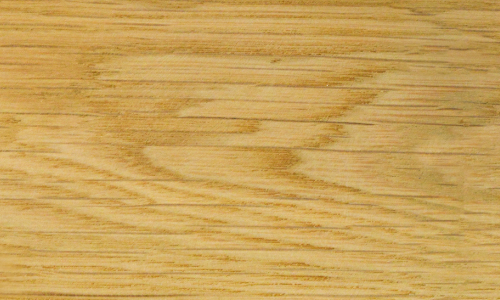 Exotic
Exotic Hardwood
Hardwood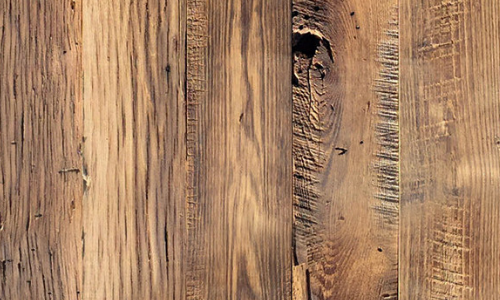 Reclaimed Wood
Reclaimed Wood Teak
Teak Softwood
Softwood Decking
Decking Cladding
Cladding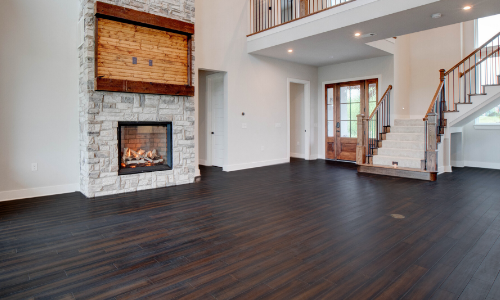 Flooring
Flooring Table Top
Table Top Pergola
Pergola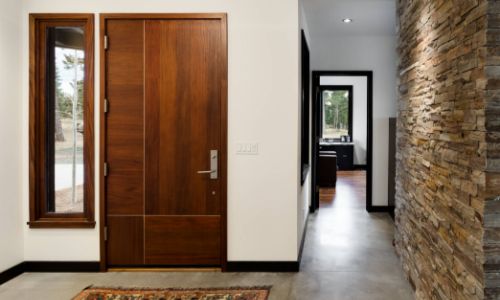 Door Frames
Door Frames